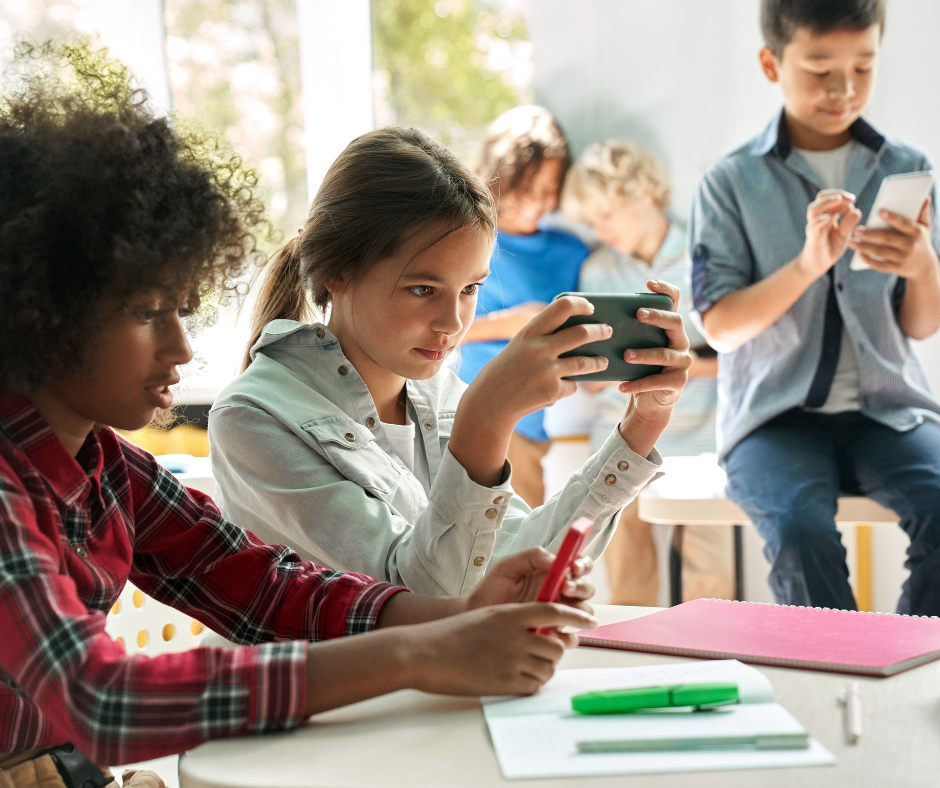The Role of Gamification in Education: Engaging Minds, Empowering Learners
In today’s fast-paced digital age, educators are constantly seeking innovative ways to capture the attention of their students and make learning more engaging and effective. One such innovative approach gaining traction is gamification in education. By borrowing elements from games and applying them to educational contexts, gamification has the potential to transform the way we teach and learn. In this blog, we will explore the role of gamification in education, its benefits, and how it can revolutionize the learning experience.
What is Gamification?
Gamification is the application of game design principles, mechanics, and elements to non-game contexts, such as education. It involves turning learning activities into game-like experiences, complete with challenges, rewards, and competition. These game elements are integrated into educational materials and activities to motivate students, enhance their engagement, and promote active learning.
The Benefits of Gamification in Education
- Increased Engagement: One of the most significant advantages of gamification in education is its ability to capture and maintain students’ attention. Games are inherently enjoyable, and when applied to learning, they can make educational content more engaging. Students are more likely to participate actively when they find the learning process enjoyable.
- Motivation and Progress Tracking: Gamification provides a clear sense of progress and achievement through rewards, badges, and scoring systems. This immediate feedback motivates students to set and achieve goals, fostering a sense of accomplishment that drives them to continue learning.
- Enhanced Problem-Solving Skills: Games often require players to solve complex problems or puzzles. When these elements are incorporated into educational activities, students develop critical thinking and problem-solving skills while having fun.
- Individualized Learning: Gamification allows for personalized learning experiences. Through adaptive game mechanics, students can progress at their own pace, receiving targeted support and challenges based on their abilities and needs.
- Collaboration and Competition: Many educational games promote collaboration among students, fostering teamwork and communication skills. Additionally, healthy competition can inspire students to strive for excellence.
Examples of Gamification in Education
- Kahoot!: This popular platform turns quizzes and assessments into competitive games. Students compete in real-time, answering questions and earning points. Kahoot! has been widely used in classrooms to reinforce learning through gamification.
- Duolingo: Duolingo employs gamified elements to make language learning enjoyable. Users earn points for completing lessons, maintain streaks, and receive virtual rewards, all of which encourage consistent practice.
- Minecraft: Education Edition: This educational version of the beloved game Minecraft is designed specifically for classroom use. It promotes creativity, problem-solving, and collaboration among students.
- Classcraft: Classcraft transforms the classroom into a role-playing adventure. Students take on roles, earn experience points, and work together to overcome challenges. It promotes teamwork and classroom management.
Challenges and Considerations
While gamification offers numerous benefits, it’s essential to consider potential challenges, such as:
- Over-Gamification: Excessive use of gamification can detract from the educational content, turning learning into a purely extrinsic reward system.
- Inclusivity: Not all students may respond positively to gamification, and it’s important to ensure that those who do not feel left out or disadvantaged.
- Balancing Fun and Learning: Striking the right balance between entertainment and education is crucial. The primary goal should always be meaningful learning.
Conclusion
Gamification in education has the potential to revolutionize the way we teach and learn. By harnessing the power of games to make learning engaging, motivating, and enjoyable, educators can better prepare students for the challenges of the 21st century. As technology continues to advance, gamification will likely play an increasingly prominent role in shaping the future of education, creating lifelong learners who are excited about acquiring new knowledge and skills.

